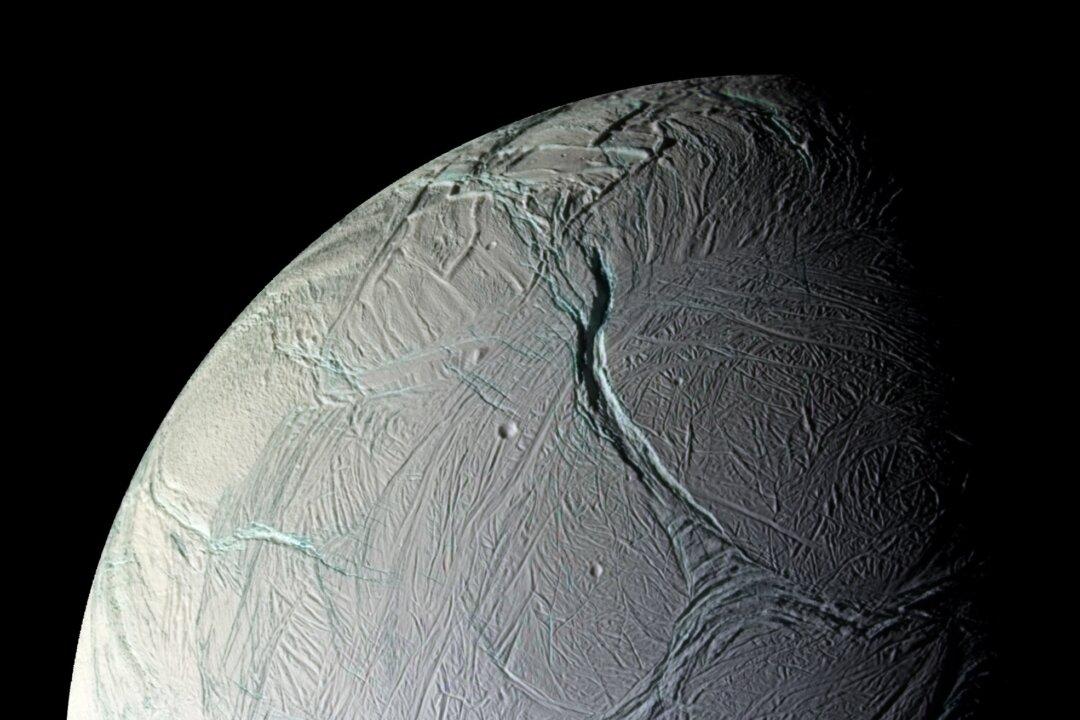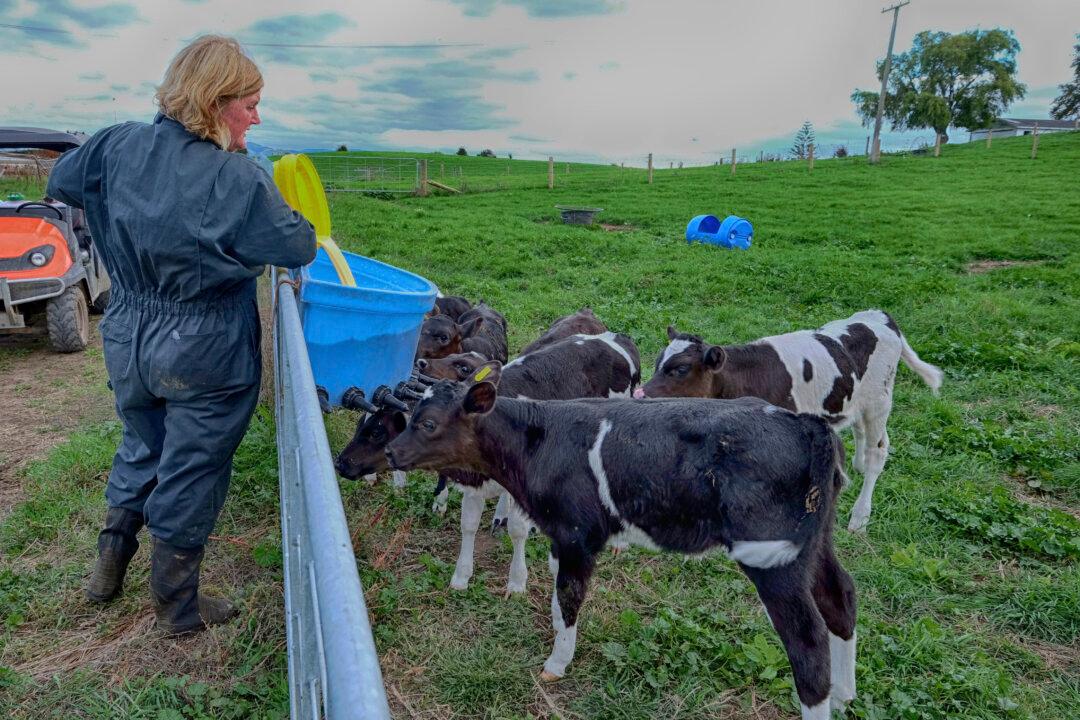Blaine Friedlander
Author
LATEST
Global Ocean Makes Saturn’s Moon Wobble
By examining tiny wobbles of Saturn’s moon Enceladus—whose cosmic quavers are detectable only in high-resolution images taken by NASA’s Cassini spacecraft—planetary scientists have discovered that a global ocean lies beneath the moon’s thick icy crust.
|
Family Farms Pay Less Money, More Pride
After long hours harvesting forage, managing livestock, and milking cows, family members who work on the family dairy farm make $22,000 less annually than comparable hired managers.
|
Sibling Suns From ‘Star Wars’: More Than Science Fiction?
Sibling suns and the planets around them may be more common than previously believed.
|
Why People Say They Know Made-Up Things
People who think they know a little something about a topic—confident though they may be—commonly and easily claim knowledge they couldn’t possibly have.
|
On a Noisy Airplane, Some Foods Taste Different
In noisy situations foods rich in umami flavor get a major boost, but sweet tastes are suppressed.
|
Color Key to Aid Search for Life on Exoplanets
To help find life beyond our solar system, scientists have created a colorful catalog containing reflection signatures of Earth life forms that might be found on the surfaces of far-flung planets.
|
Weird Interior of Saturn’s Moon Makes It Wobble
A slight wobble detected in Saturn’s moon Mimas suggests its icy surface is covering either an odd-shaped rocky core or a sloshing ocean.
|
Why Are Titan’s ‘Plastic’ Dunes Going the Wrong Way?
The “wrong-way” dunes on Saturn’s largest moon, Titan, may be due to long timescale changes in their orbit around the Sun—similar to changes that caused ice ages on Earth.
|
Global Ocean Makes Saturn’s Moon Wobble
By examining tiny wobbles of Saturn’s moon Enceladus—whose cosmic quavers are detectable only in high-resolution images taken by NASA’s Cassini spacecraft—planetary scientists have discovered that a global ocean lies beneath the moon’s thick icy crust.
|
Family Farms Pay Less Money, More Pride
After long hours harvesting forage, managing livestock, and milking cows, family members who work on the family dairy farm make $22,000 less annually than comparable hired managers.
|
Sibling Suns From ‘Star Wars’: More Than Science Fiction?
Sibling suns and the planets around them may be more common than previously believed.
|
Why People Say They Know Made-Up Things
People who think they know a little something about a topic—confident though they may be—commonly and easily claim knowledge they couldn’t possibly have.
|
On a Noisy Airplane, Some Foods Taste Different
In noisy situations foods rich in umami flavor get a major boost, but sweet tastes are suppressed.
|
Color Key to Aid Search for Life on Exoplanets
To help find life beyond our solar system, scientists have created a colorful catalog containing reflection signatures of Earth life forms that might be found on the surfaces of far-flung planets.
|
Weird Interior of Saturn’s Moon Makes It Wobble
A slight wobble detected in Saturn’s moon Mimas suggests its icy surface is covering either an odd-shaped rocky core or a sloshing ocean.
|
Why Are Titan’s ‘Plastic’ Dunes Going the Wrong Way?
The “wrong-way” dunes on Saturn’s largest moon, Titan, may be due to long timescale changes in their orbit around the Sun—similar to changes that caused ice ages on Earth.
|










